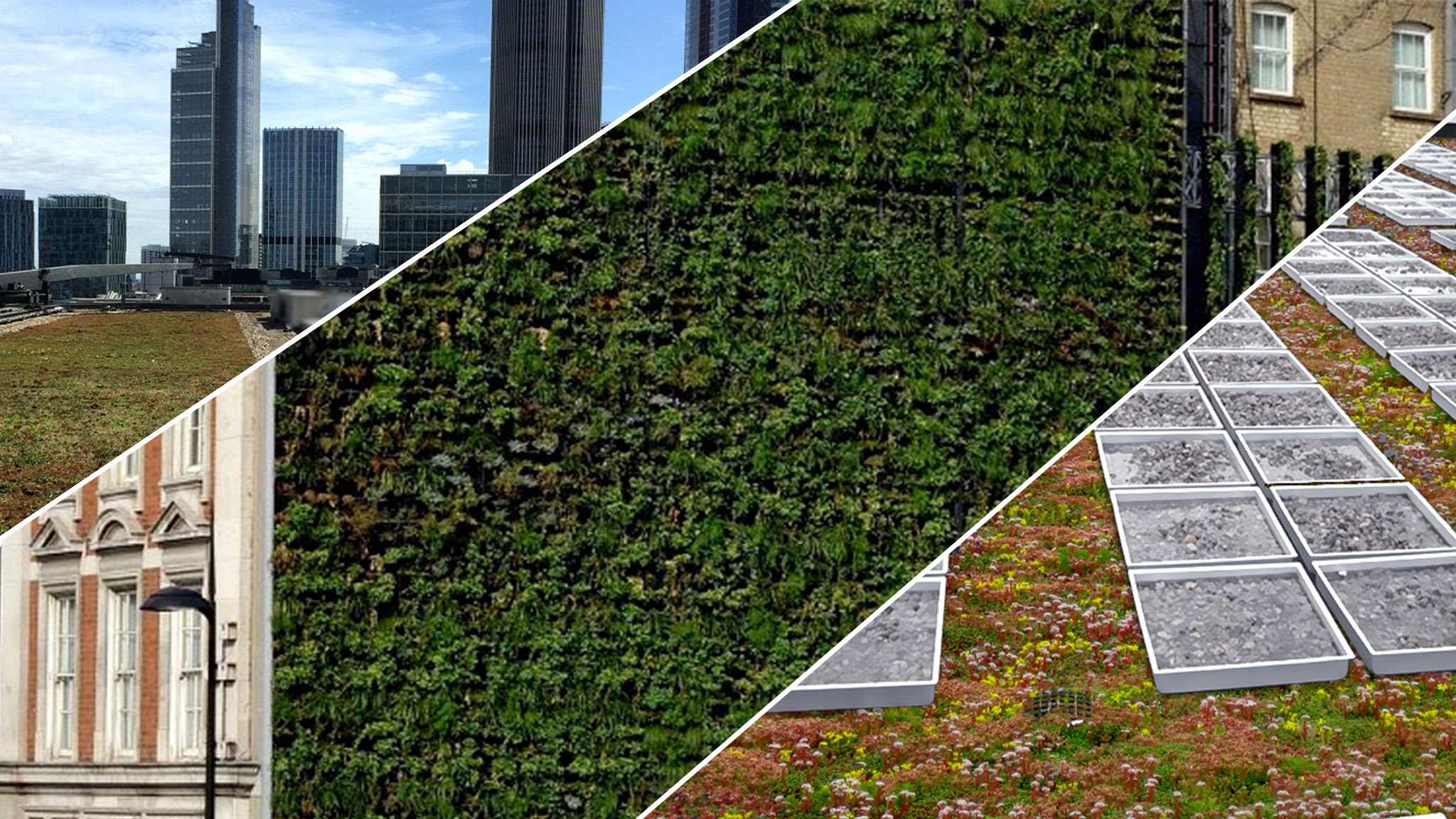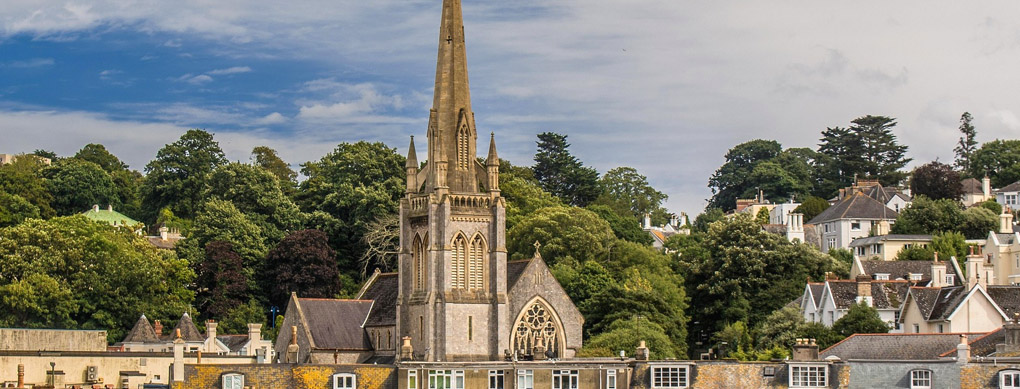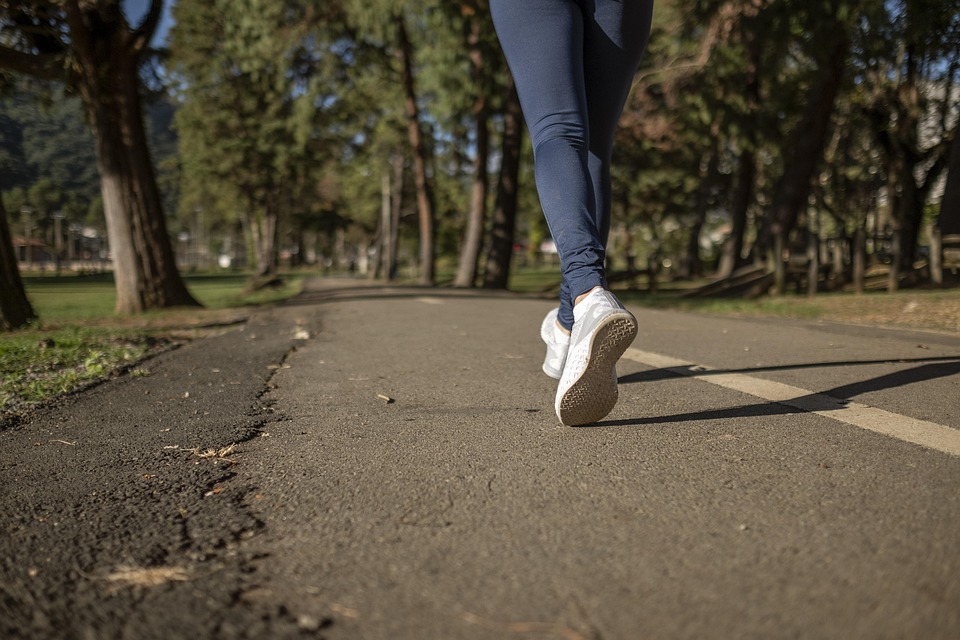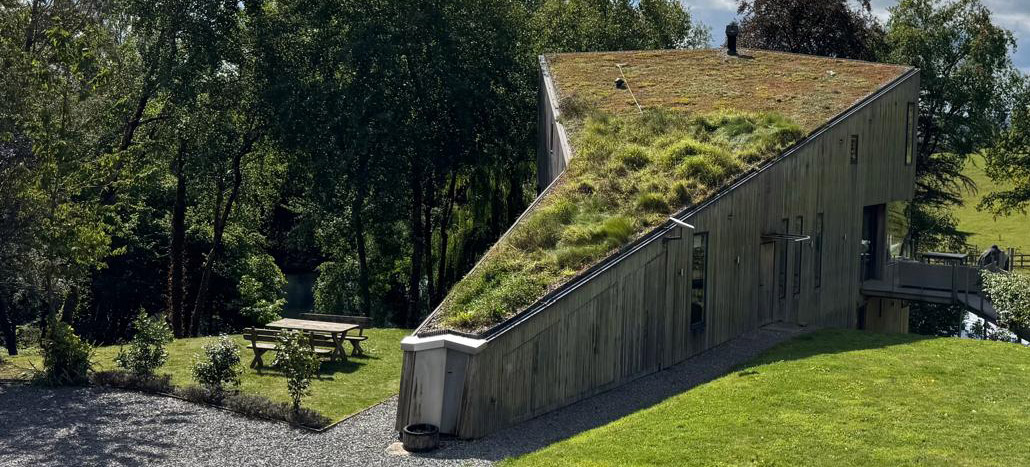Climate Resilience: How Local Councils are Leading the Way with Urban Greening
The “40 Councils Leading the Way” report, compiled by Friends of the Earth, demonstrates a growing recognition of the vital role green spaces play in mitigating the impacts of a changing climate. These councils are actively implementing innovative approaches to create greener, healthier, and more sustainable urban environments.
The report highlights a fascinating trend: many local authorities are recognizing that simply planting trees isn’t enough. They’re moving beyond traditional landscaping and embracing a holistic approach that incorporates a wide range of strategies. Here’s a look at some key findings:
Beyond Planting Trees: A Diverse Portfolio of Green Initiatives
The 40 Councils highlighted are employing a variety of methods, including:
- Pocket Parks & Green Corridors: Creating small, easily accessible green spaces within neighborhoods, connecting them with natural pathways. This improves biodiversity, provides safe routes for residents, and offers opportunities for recreation.
- Green Roofs & Walls: Implementing green roofs and living walls on buildings, which absorb rainwater, reduce the urban heat island effect, and provide biodiverse habitats for wildlife.
- Street Trees & Urban Forestry: Strategic planting of street trees, often alongside existing infrastructure, to provide shade, improve air quality, and enhance the visual appeal of streets.
- Community Gardens & Urban Farming: Encouraging community involvement in growing food locally, reducing carbon emissions, promoting healthy eating, and encouraging social connection.
- Nature-Based Solutions: Utilising natural processes like wetlands, streams, rain gardens and riparian buffers to manage stormwater, improve water quality, and enhance biodiversity.
- Brownfield Remediation: Rehabilitating previously unused or contaminated land into green spaces, tackling pollution and creating valuable ecosystems

Clear Measurable Benefits
Numerous publicly available studies* have shown that green spaces can:
- Reduce the urban heat island effect: Plants provide shade and cool the air through evapotranspiration.
- Improve air quality: Trees absorb pollutants and release oxygen.
- Reduce flooding: Green spaces absorb rainwater, lessening the risk of runoff and flooding.
- Enhance mental health: Access to green spaces has been linked to reduced stress and increased well-being.
- Increase property values: Green spaces are increasingly valued by residents and attract investment.
(* Leeds university has an excellent PDF summary of some of these studies available at: https://leaf.leeds.ac.uk/wp-content/uploads/sites/86/2015/10/LEAF_benefits_of_urban_green_space_2015_upd.pdf )
The 40 councils report is clear about the tangible benefits of these initiatives. “We’re seeing a significant increase in biodiversity, improved air quality, and a reduction in the urban heat island effect,” explains the report.
Challenges and Opportunities for Local Councils
While the trend is positive, the report also acknowledges challenges. “Local councils need to prioritise funding, planning, and community engagement to ensure these initiatives are successful,” says the report. It stresses the importance of collaboration between different departments and stakeholders, including developers, businesses, and residents.
The report encourages these councils to:
- Set ambitious targets: Commit to specific goals for green space creation and maintenance.
- Engage residents: Actively involve local communities in planning and decision-making.
- Integrate green spaces into planning: Ensure green spaces are considered alongside other infrastructure projects.
- Utilise innovative financing models: Explore grants, bonds, and public-private partnerships.
A Call to Action
The “40 Councils Leading the Way” report provides a powerful blueprint for how local councils can transform their urban areas into more resilient, sustainable, and enjoyable places to live. It’s a testament to the growing awareness that investing in green spaces isn’t just an environmental imperative but a vital investment in the future of our communities.



